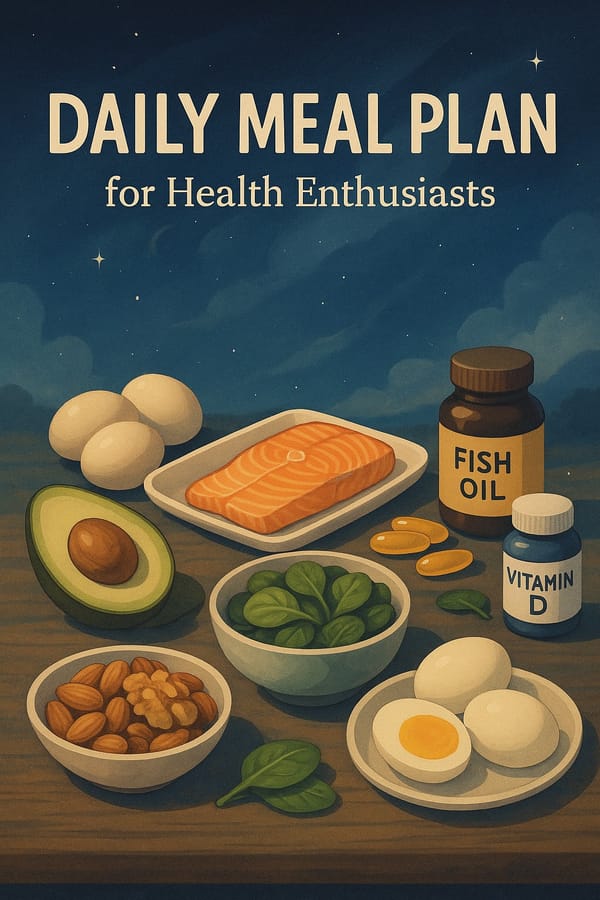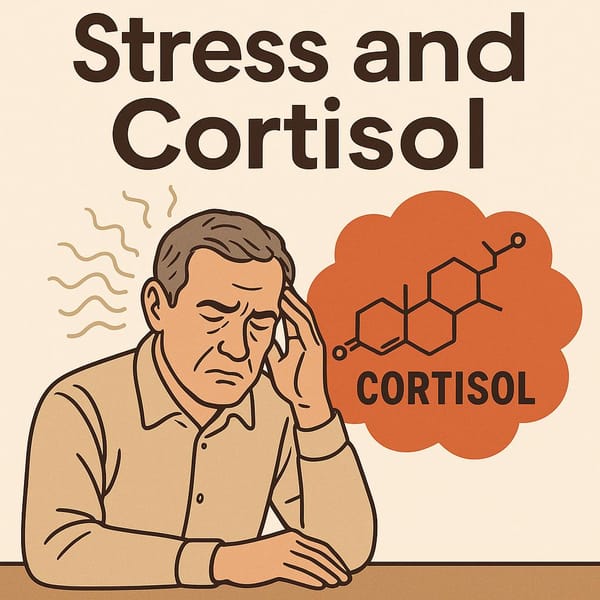The Energy Expenditure of Various Activities: A Guide for Safe Weight Management
Discover the energy expenditure of various activities and learn how to choose those best suited for overweight middle-aged and older adults. Plan safe and effective weight management strategies with these insights.

Introduction
Excess body weight, especially among middle-aged and older adults, is a significant risk factor for chronic diseases such as diabetes, cardiovascular diseases, and joint-related problems. Losing weight is crucial for many people who aim to maintain their health, but it is essential to understand how different activities contribute to daily calorie burn. This article will explain the energy expenditure (in kilocalories per minute) for various activities, referencing the concept of MET (Metabolic Equivalent of Task), to help you plan a safe and efficient exercise and daily activity routine.
The Importance of Energy Expenditure for Middle-Aged and Older Adults
- Reducing the Risk of Chronic Diseases: As we age, our metabolism slows down, and an unhealthy diet or lack of exercise can result in obesity, high blood pressure, type 2 diabetes, and other chronic conditions.
- Supporting Cardiovascular Health: Regular energy expenditure strengthens the heart and blood vessels, reducing the buildup of fat in the arteries.
- Weight Management: Understanding how much energy different activities burn makes it easier to choose and plan exercises that fit one’s personal goals.
- Promoting Mental Health: Physical activities help the body release endorphins, which improve mood and reduce stress and depression.
- Preventing Muscle Loss: Muscle mass and strength naturally decline with age, so incorporating enough physical activities can slow down muscle deterioration.
Calculating Energy Expenditure with MET
MET (Metabolic Equivalent of Task) measures how much energy an activity uses compared to rest. One MET is roughly equal to the energy expended by sitting quietly, which is approximately 1 kcal/kg body weight/hour.
Formula:
Calories Burned (kcal/min) = (MET × Body Weight (kg) × 3.5) ÷ 200
For example, if you weigh 70 kg and engage in an activity with a MET of 4:
(4 × 70 × 3.5) ÷ 200 = 4.9 kcal/min
Note: These numbers are estimates and can vary depending on individual factors like fitness level, age, sex, and the intensity of the activity. Individuals with chronic health issues should consult a doctor before starting a new exercise program.
Sample Table of Activities and Their Energy Expenditure (For a 70 kg Adult)
| Activity | MET | kcal/min |
|---|---|---|
| Sitting at rest | 1.0 | 1.23 |
| Slow walking (2.0 km/h) | 2.0 | 2.45 |
| Moderate walking (4.8 km/h) | 3.8 | 4.66 |
| Brisk walking (6.4 km/h) | 5.0 | 6.13 |
| Jogging (8.0 km/h) | 8.3 | 10.18 |
| Cycling (16 km/h) | 6.0 | 7.36 |
| Swimming (general) | 6.0 | 7.36 |
| Sweeping floors | 3.3 | 4.05 |
| Mopping floors | 3.5 | 4.29 |
| Gardening | 4.0 | 4.91 |
| Washing a car | 3.0 | 3.68 |
| Doing laundry | 2.0 | 2.45 |
| Cooking (standing) | 2.5 | 3.07 |
| Playing with children | 3.0 | 3.68 |
| Climbing stairs | 8.0 | 9.81 |
| Lifting weights (general) | 3.5 | 4.29 |
| Aerobics (moderate) | 5.0 | 6.13 |
| Yoga | 2.5 | 3.07 |
| Dancing | 4.5 | 5.52 |
| Sexual activity | 3.0 | 3.68 |
These values can help you plan your activities for weight management or general fitness in a way that aligns with your individual needs.
Selecting Activities for Overweight Middle-Aged and Older Adults
1. Walking
- Slow walking: Ideal for individuals with knee or hip issues due to minimal impact.
- Moderate walking: Burns moderate calories, and using supportive footwear is crucial.
- Brisk walking: Elevates heart rate and burns more calories but monitor breathing and dizziness if you have underlying health issues.
2. Jogging
- Jogging burns significant calories but places more stress on joints.
- Individuals with strong muscles and bones may benefit; otherwise, start with brisk walking or cycling.
3. Cycling
- Cycling provides a low-impact workout and strengthens leg and hip muscles.
- Recumbent bikes can reduce lower back strain for older adults.
4. Swimming
- Swimming is excellent for those with joint or bone problems because water buoyancy reduces impact.
- It offers moderate-to-high intensity exercise without placing excessive stress on joints.
5. Aerobics & Yoga
- Aerobics: Varying levels of intensity are available. Choose low-impact classes to avoid excessive joint stress.
- Yoga: Enhances flexibility, balance, reduces stress, and improves breathing control.
6. Household Activities and Daily Routines
- Activities like sweeping, mopping, or washing a car are good alternatives if outdoor exercise is not convenient.
- Playing with children, climbing stairs instead of using an elevator, and other daily tasks also contribute to calorie burn.
10 Tips to Increase Daily Calorie Burn
- Incorporate varied activities: Alternate between brisk walking, cycling, and yoga so your body doesn’t adapt and reduce caloric expenditure.
- Set measurable goals: Aim for 10,000 steps a day or at least 150 minutes of exercise per week.
- Change work postures: Stand up or walk every hour if you have a desk job.
- Active commuting: Walk or bike to nearby locations and park your car a little further to get extra steps.
- Exercise with friends: Working out in a group helps maintain motivation.
- Plan balanced meals: Choose high-protein, nutrient-dense foods and cut back on sugary or high-fat items.
- Stay hydrated: Drinking enough water helps your metabolism function efficiently.
- Get adequate sleep: Lack of sleep impairs metabolic function; aim for 7–8 hours a night.
- Adjust your schedule: Fit in a workout during lunch breaks or before bedtime if you’re short on time.
- Track progress: Use apps or wearables to monitor steps, heart rate, or weight, and adjust your plan as needed.
Principles of Safe Weight Loss
- Gradual and steady: Experts recommend losing about 0.5–1 kg per week for lasting weight management.
- Muscle building: Lean muscle increases your Basal Metabolic Rate (BMR), so combine aerobic exercise with weight training.
- Nutritional considerations: Focus on whole grains, lean proteins, fruits, and vegetables while limiting sugary and fried foods.
- Stay well-hydrated: Sometimes thirst can be mistaken for hunger.
- Professional guidance: Seek advice from doctors, nutritionists, or fitness experts if you have specific health concerns.
Precautions for Overweight and Older Adults
- Injury prevention: Excess weight places extra stress on joints; choose low-impact exercises like cycling or swimming.
- Blood pressure control: Check blood pressure regularly and notify your trainer or doctor if you have hypertension.
- Watch for signs of fatigue: Stop and seek medical help if you experience dizziness, chest pain, or palpitations.
- Adjust your routine: Begin slowly, then progressively increase intensity to avoid injury or undue strain.
Scientific References
- Ainsworth, B.E., et al. (2011). 2011 Compendium of Physical Activities: a second update of codes and MET values. Medicine & Science in Sports & Exercise, 43(8), 1575-1581.
- World Health Organization (2021). Physical Activity. Retrieved from: https://www.who.int/
- Centers for Disease Control and Prevention (2022). Physical Activity Basics. Retrieved from: https://www.cdc.gov/physicalactivity/
- U.S. Department of Health and Human Services (2018). Physical Activity Guidelines for Americans, 2nd edition.
Conclusion
Understanding how many calories different activities burn is vital for effective weight management, especially for overweight middle-aged and older adults. Combining a variety of exercises—low-impact and high-intensity—can improve overall fitness, reduce the risk of chronic illnesses, and keep the metabolism working efficiently.
Start at a level suitable for your physical condition and increase intensity gradually. Consult with healthcare professionals if you have any preexisting conditions. Pair your routine with a balanced diet, sufficient rest, and consistent monitoring to ensure safe, long-lasting results.



